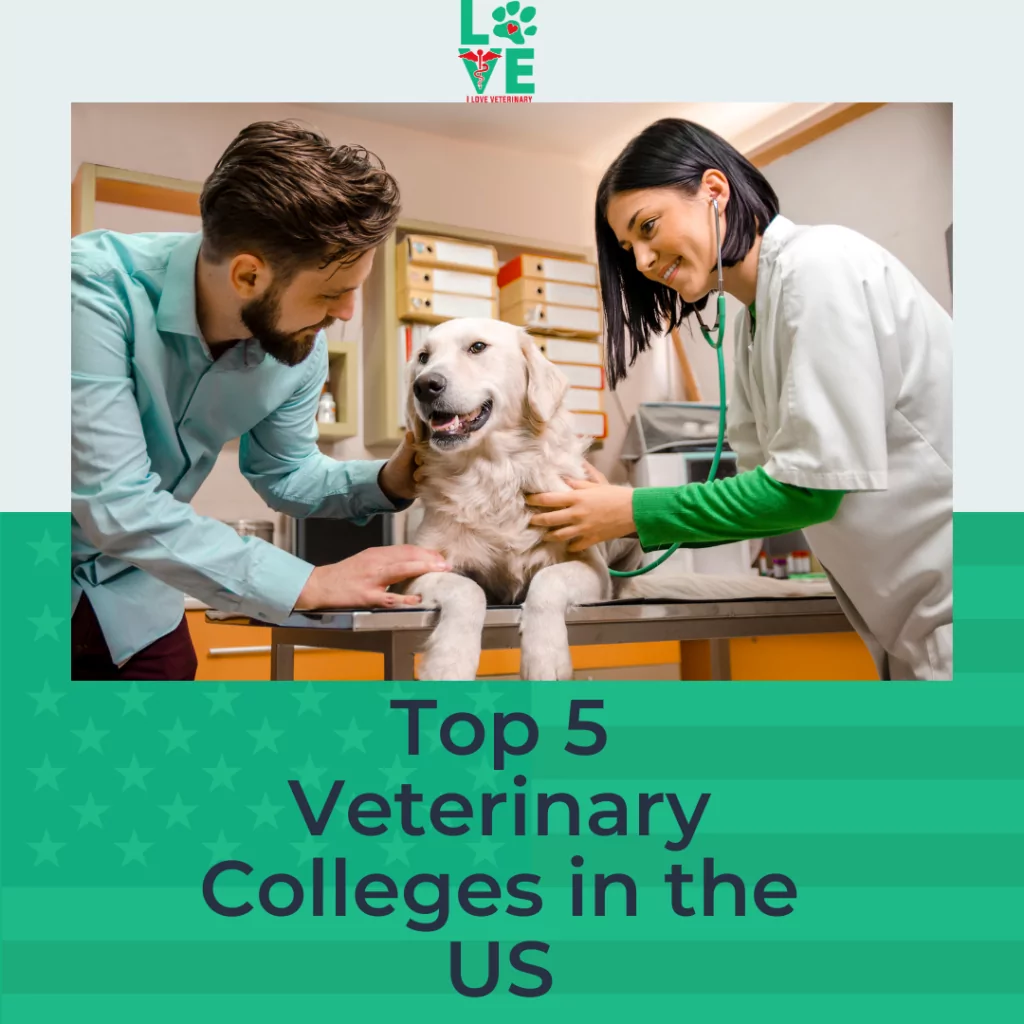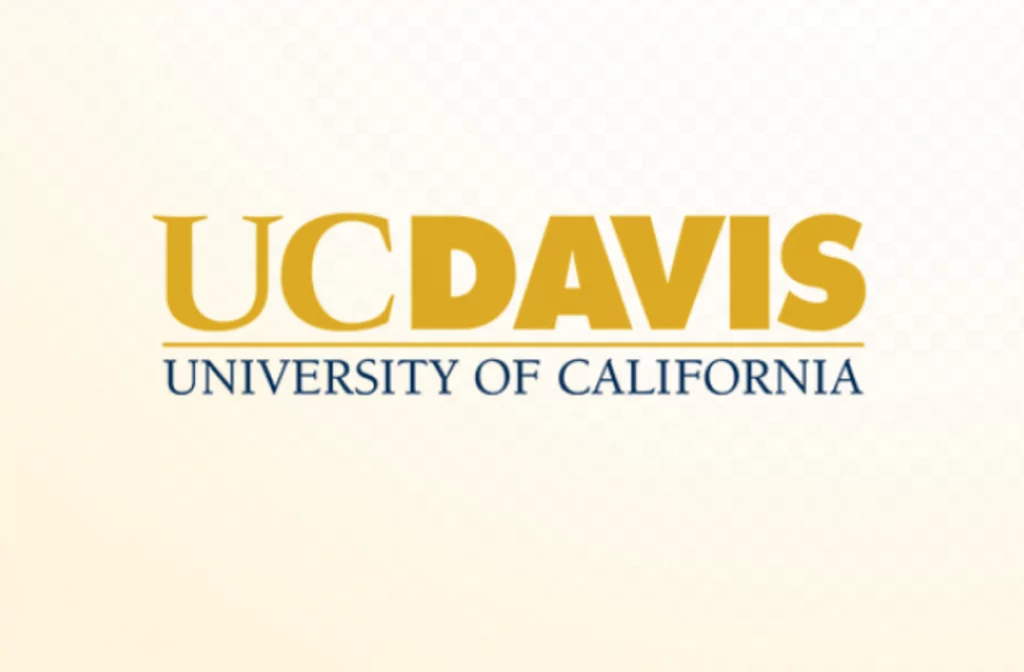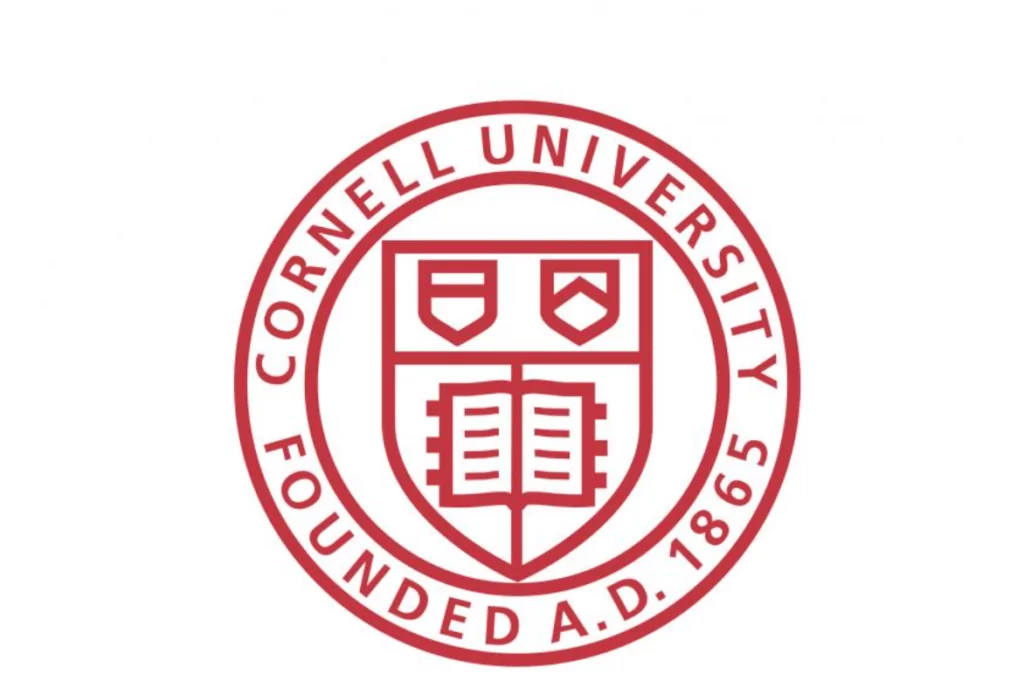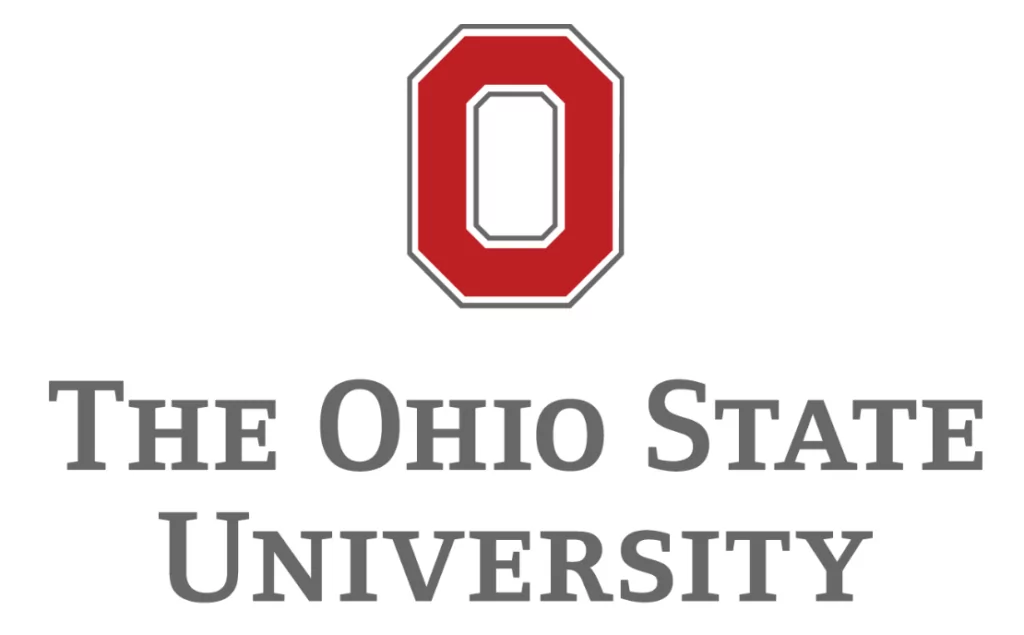
The list was conducted by the QS World University Rankings by Subject. This 5 Top Vet Schools in the US, list highlights the best veterinary colleges ranked by the research impact of the institutions, employer reputation, and academic reputation.
Who Are the Top Vet Schools in the US?
This list serves as a guide for future students of veterinary medicine, showing them the top-notch facilities and options where they can mold their future careers at some of the best veterinary schools in the US. Also, check our Top 5 Vet Schools in Europe and Australia articles.
1. UC Davis – College of Veterinary Medicine

The College of Veterinary Medicine at the University of California – Davis is rated the best vet school in the US and second globally as well. The college is of public type and it was founded in 1948.
UC Davis – CVM offers a couple of degrees, such as DVM (Doctor of Veterinary Medicine), M.S. (Master of Science), Ph.D. (Doctoral degree, Doctor of Philosophy), M.P.V.M. (Master of Preventive Veterinary Medicine), along with a joint DVM/Ph.D. degree.
What is UC Davis’ Vet School Tuition Fees Annually?
Students from the State of California are required to pay annual tuition of approximately $69, 483, and for students originating out-of-state, the costs are around $81, 683.
Each year around 750 new students apply, of which only 19 % get enrolled and become students at the veterinary college.
The admission requirements for the college are personal statements, transcripts, interviews with the applicants, three letters of evaluation, practical hours and more. A full list of admission requirements can be found on their website.
Prerequisite course for enrollment is General and Organic Chemistry, General Biology, Biochemistry, Physics, Social Sciences, and Humanities.
The performance rate of the post-graduates at the UC Davis – College of Veterinary Medicine is astonishing 96 %, which is a clear fact of the quality of schooling here.
2. Cornell University – College of Veterinary Medicine

Next on our list of vet schools in the US, is Cornell University is an institution of a private type, founded in 1871 in Ithaca (NY). By the criteria, it’s ranked as one of the best vet colleges in the USA.
Future graduates and postgraduates can acquire one of the three offered singular DVM, Master of Science. and Ph.D. degrees, and two joint DVM/Ph.D. and DVM/MPH degrees.
A full list of Cornell University tuition fees can be found on their website.
Some admission requirements include three letters of evaluation, and experience in animal, biomedical and veterinary field, personal statements, and transcripts, among others. Both international and transfer students can apply for enrollment.
Pre-requisite courses and subjects include Organic and General Chemistry, English Composition, Biochemistry, General Biology, and Physics.
Even though the College is ranked third-best in the world, the average pass rate for the license exam is 100% successful, more than UC Davis.
3. Michigan State University – College of Veterinary Medicine

Next on our list of vet schools in the US, is Michigan State University aims at pushing the letter and becoming a pioneer in the field of discovery, when it comes to colleges for veterinarians. Another primary focus of this institution is to address the many global challenges and seeking appropriate, sustainable solutions in response.
MSU was established in 1855 and is ranked amongst the top institutions in the world for its array of veterinary science programs. They offer self-learning, undergrad research, and is an educational trailblazer.
This university enrolls 50 000 students annually, for all 50 states, 130 foreign countries, and offers more than 200 study courses in 17 degree-granting colleges.
MSU boasts state-of-the-art facilities such as the Diagnostic Center for Population and Animal Health (DCPAH), the Veterinary Medical Center, and the Training Center for Dairy Professionals.
The North American Veterinary Licensing Examination (NAVLE) has a Minimum Acceptable Pass Rate to remain in COE Good Standing of 80%. The NAVLE Pass Rate for the Class of 2023 was an impressive 94%, making it one of the sought-after vet schools in the US.
4. Ohio State University – College of Veterinary Medicine

Ohio State University is one of the top Public Universities located in Columbus, United States. It is ranked #108 in QS Global World Rankings for 2021.
This institution was founded in 1870 and is one of the largest universities in the US, Ohio State has campuses throughout Ohio in Columbus, Newark, Lima, Marion, Mansfield, and Wooster.
Its current student capacity is over 60,046 as of 2023. Prerequisite Courses include biochemistry, Microbiology, Physiology, and Communication coursework must be completed with: (1) a grade of C or better in each course, (2) a minimum of 3.0 (B) average among the courses, and (3) no more than one C among your Biochemistry, Microbiology, Physiology, and Communication coursework.
5. University of Minnesota Twin Cities– College of Veterinary Medicine

The College of Veterinary Medicine at The University of Minnesota TC represents a public institution founded in 1947. On the world rankings of best Vet Med Schools, it takes 14th place.
There are four degrees offered at the college: DVM, M.S., Ph.D., and DVM/Ph.D. Furthermore, a full list of UMN’s tuition fees can be found online.
Required prerequisite courses include English Composition, General and Organic Chemistry with Lab, Physics, Biochemistry, General Biology, Math, Humanities and Social Sciences.
The performance rate on the veterinary licensing exam is 95% for students coming from the institution.
Conclusion
We hope that every young student who decided to dedicate their time and money to the Vet Med science field will find this list quite helpful. Even though the institutions listed above do not have many open places for new students, it’s definitely worth trying to apply.

